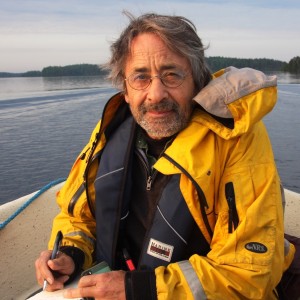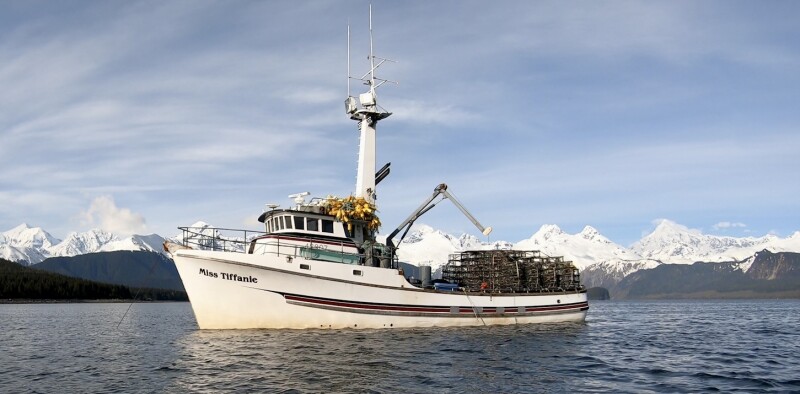Brooke Cottrell started fishing on the Miss Tiffanie at age 39 and found that fishing is more than just a job.
The Miss Tiffanie is a crab-catching machine that mostly fishes from Newport, Ore., and Alaska. Its fiberglass hull was purchased from the Delta Marine Industries yard in Tukwila, Wash., in 1982. The current owner, Kris Melling, whom friends affectionately call “The Machine,” bought it in 1993.
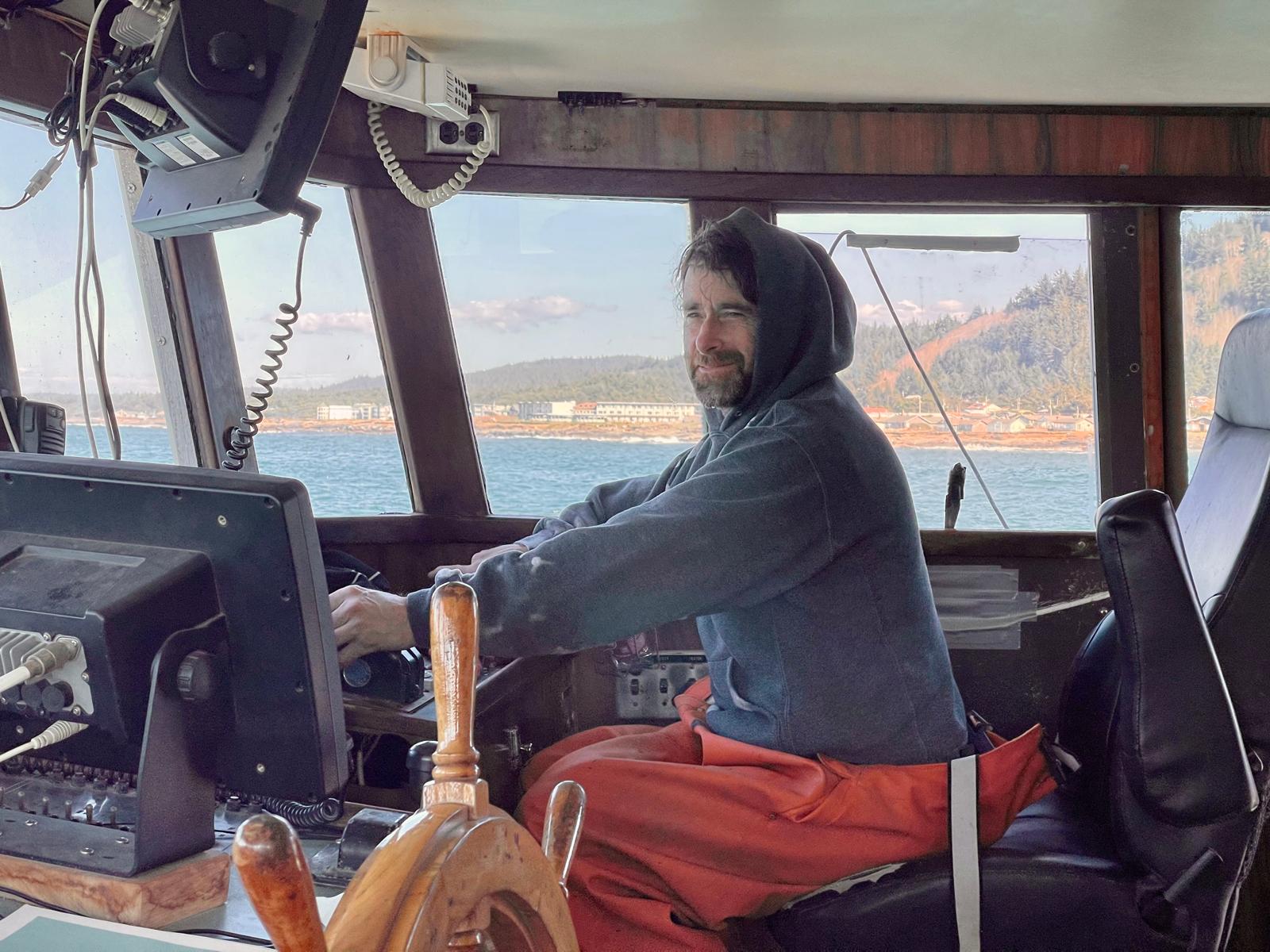
According to crew member and videographer Brooke Cottrell, Melling repowered the 70-foot vessel in 2024. “He had a 3412 CAT, and he took amazing care of it. Kris changed the oil every 300 hours, everything,” says Cottrell. “Last year, he put in a 625-hp, Cummins KT19.” The Cummins turns a Twin Disc MG516 with a 6:1 reduction to the shat and propeller.”

The Miss Tiffanie has a top speed of 10 knots, and its cruising speed is 7.5 knots, but that doesn’t stop it from going places. “I started as a crab sorter in 2020,” says Cottrell. “Then I went on the boat to Alaska and fished in the Aleutians. We were selling at King Cove, though that’s no longer an option.” Cottrell brought along her camera equipment, including her DJI Mavic Air drone, with a range of 2-3 miles, three GoPro cameras, and more for filming the fishing and wildlife in remote Alaska. “I was surprised and delighted to see how much more there is to fishing beyond setting crab pots and hauling gear. I got to film bears off the boat!” says Cottrell. “I got to see brown bears feeding on a dead whale on the beach almost every day that summer, and I learned that there was a pecking order to how bears actually feed in the wild.”
In her videos, Cottrell shares her perspective as a woman in a mostly male industry and describes how much more of the world fishermen see and experience daily. “It’s about the nature and wildlife that we get to see and interact with on a daily basis. It’s about being able to stop fishing for 15 minutes and drone film a wolf that Kris had spotted from up in the wheelhouse.”
After working desk jobs in everything from sales and marketing to teaching and waitressing, Cottrell didn’t start fishing until she turned 39 years old, and from the start, it was more than just a job for her. It was an awakening. In her videos, she expresses her wonder at rarely seen sunrises and sunsets and humpback whales and orcas casually swimming by the boat. “The Miss Tiffanie and fishing boats, in general, are literally vehicles that take you into another world where nothing else exists except the ocean, fishing, and nature. I had no idea,” she says.
Nor did she realize how hard the work would be on her body. “We don’t have a scissor table. We dump the crabs into a box, and I’m mostly bent over sorting. I did a lot of stretches in between traps. And I used to do cold plunges in the crab tank,” she says. “That really helped with the aches and pains.”

Amidst all the wonders of wild Alaska, the Miss Tiffanie is still a vehicle for putting crab aboard and enabling Melling and his crew to earn their livings. The boat has a 19.6-foot beam and draws 10 feet, can hold 75,000 pounds of crab in two fish holds, each with a 20-ton refrigerated seawater system built by Cold Sea Refrigeration in Bellingham, Wash. “What Kris likes to do is bring the crab temperature way down to like 33 degrees before we deliver,” says Cottrell. “If we deliver them hot, as we say, then they’re pinching the offloading crew and tearing each other’s legs off. Most of our crab gets exported live to China, and they travel way better when they’re cold.”
Cottrell notes that Melling’s process of cooling the crabs takes special care. “Kris will barely sleep all night chilling crab, waking up every couple of hours checking the temperature,” she says. “It’s a lot better on the crab if you bring them down to 33 degrees slowly. If you freeze them, they’re dead.”
To get the crabs aboard, the crew of the Miss Tiffanie hauls the typical round steel frame Dungeness crab pots with Warren Junes crab block and davit. “In Alaska and sometimes in Newport, I’m running the block—that’s the absolute best!"
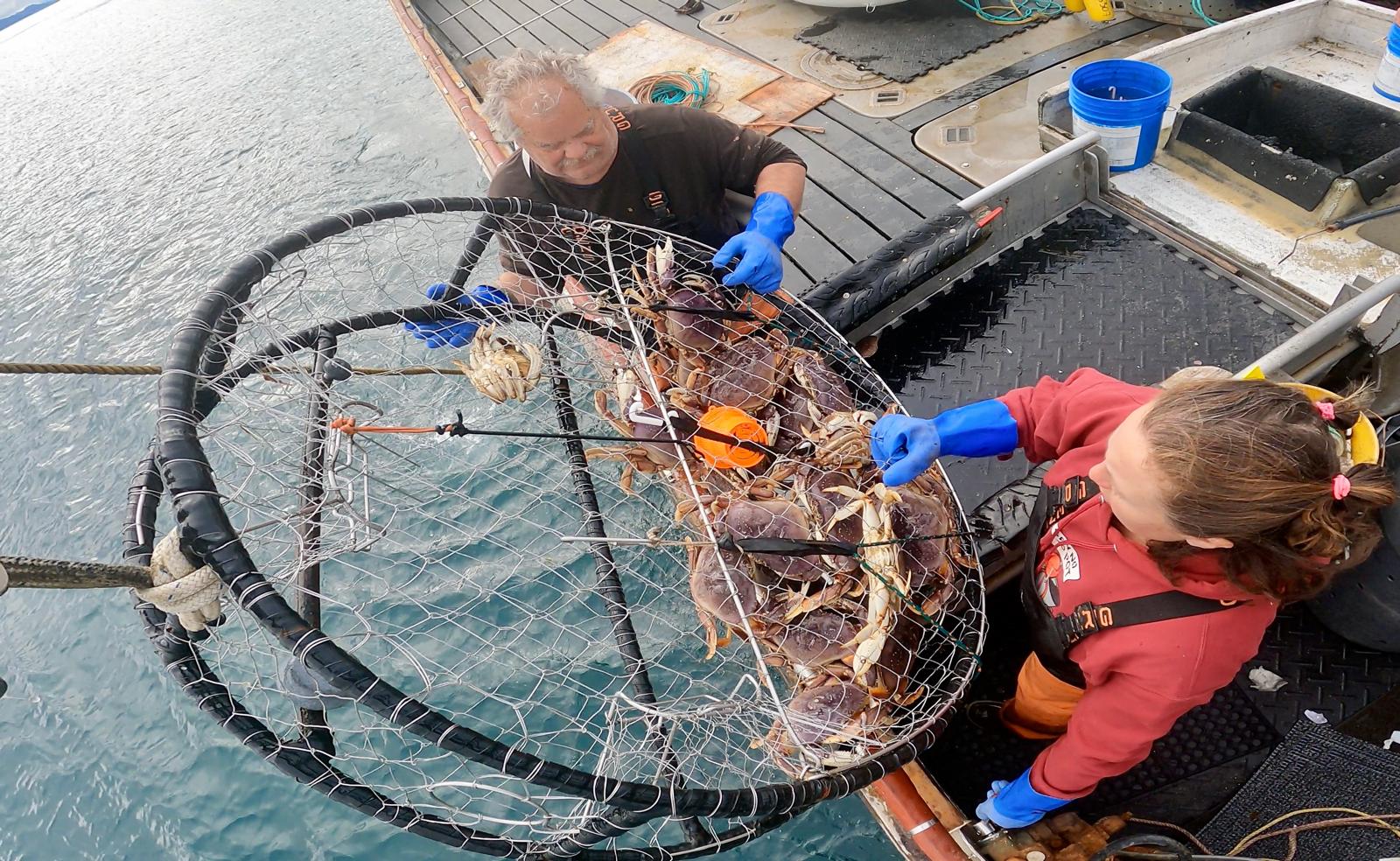
They use a 2,500-pound crane to stack the pots. “The crane was built by Maximum Performance Hydraulics in Ballard,” says Cottrell. We also use it to move the bait and other heavy stuff around.”
The Miss Tiffanie has two auxiliary engines to run the RSW, hydraulics, and hotel. “We have a 50kW John Deere for the hydraulics and RSW,” says Cottrell. “You can really hear the load come on it when the RSW starts. We have a 30kW Northern Lights for the other stuff.”
According to Cottrell, the Miss Tiffanie has accommodations comfortably for five crew and the captain. “You go into the cabin and step down into the galley, and past that, there are two staterooms with three bunks each,” she says. “Then you go up into the wheelhouse, and there’s a stateroom up there for Kris. When we went to Alaska, it was just Kris, me, and the other deck hand, Garret Oddy. For winter fishing, Kris usually takes three or four guys.”
The wheelhouse is equipped with a standard electronics package, primarily Furuno equipment. “He’s got a 72-mile Furuno radar,” says Cottrell. “He’s got Time Zero and Simrad plotters, a Furuno sounder, two Icom VHFs, and an autopilot.”
Cottrell took the 2024-25 season off to work on her videos. “I have so much material I need to organize, and I keep posting cool crab fishing videos to help people see and understand more about our fishing world. You can find my videos on Youtube at: youtube.com/@Seaqueen_Brooke” she says. “I didn’t miss much this year. I think Kris is already stacking out.”
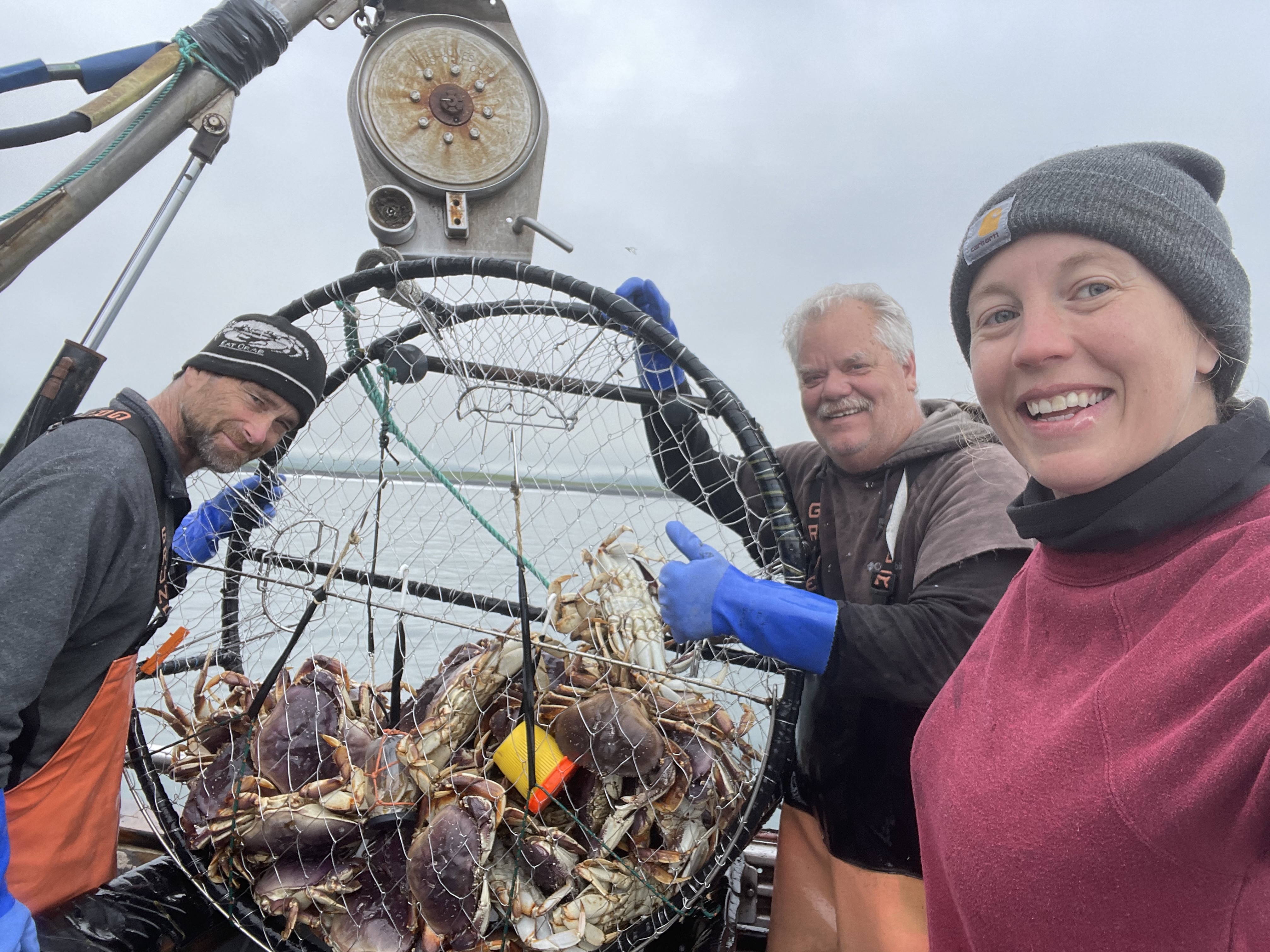
Boat Specifications:
- Name of Boat: Miss Tiffanie
- Home Port: Anacortes, Wash.
- Owner: Kris Melling
- Builder: Delta Marine Industries 1982
- Hull Material: Fiberglass
- Year built: 1982
- Year bought: 1993
- Fishery: Coastal Dungeness Crab
- Length: 70 feet
- Beam: 19.6 feet
- Draft: 10 feet
- Engine: 625 HP Cummins KT19
- Auxiliary power: John Deere 50kW genset, and 30kW Northern Lights genset
- Gear: Twin Disc MG516 @ 6:1
- Hydraulics: 30-hp electric
- Fuel Capacity: 5,000 gal
- Top Speed: 10 knots
- Cruise: 7.5 knots
- Hold Capacity: 75,000 pounds in two tanks each with a 20-ton RSW system
- Crew accommodations: 6 in 3 state rooms
- Electronics: Furuno radar, 2 plotters, 2 VHF, auto Pilot, Furuno Sounder
- Deck Gear: Warren Junes Crab Block and Davit, MPH Crane
- Water Capacity: 1,000 gallons




